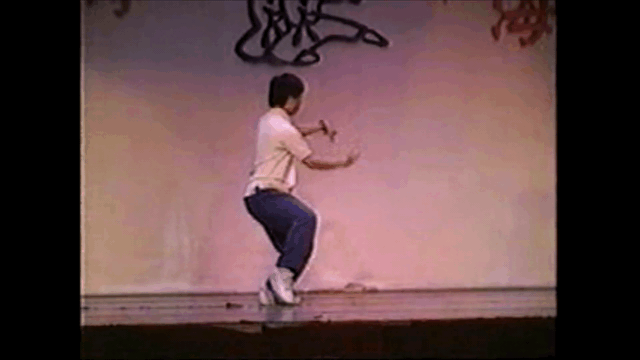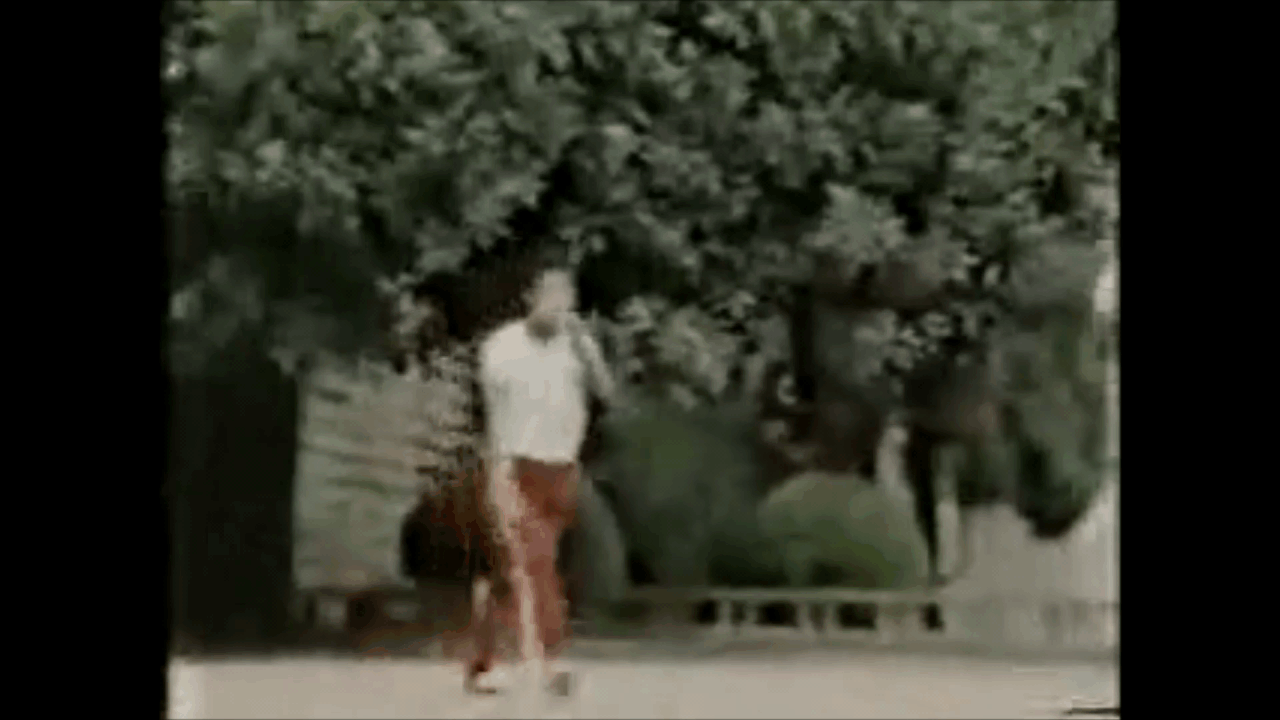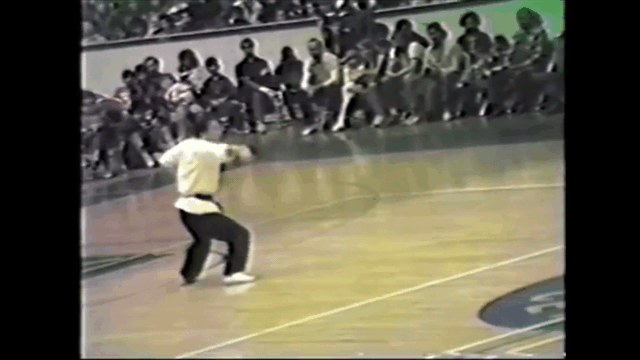Wait... this is actually a thing? For real? ...I have never heard that the WC community has a significant problem with practitioners just hitting (sucker punching) other people without knowing if there is a true threat first. To me, this is a very unique perspective.
Of course it's real, Callen! It's the first thing we train. We call it pre-emptive defense. To pass their first rank test, all students must get a friend to video them applying a good, solid pre-emptive punch on an attacker.
A very important part is attacker selection. Students need to chose a solo-aggressor with no friends or support near by, and be certain there are no witnesses or cameras around. Additionally, they need to identify an aggressor that will not be able to take their punch and then snap back and beat the tar out of them.
Generally I recommend that students disguise themselves as boy scouts and look for aggressive little old ladies. They put on their ski-masks, get the video running and then preemptively punch the old bag. Then they grab the purse, and come back to the kwoon, making sure they aren't followed. They show me the video, give me the contents of the old lady's purse and I promote them in rank.
Isn't that how everybody does it?




